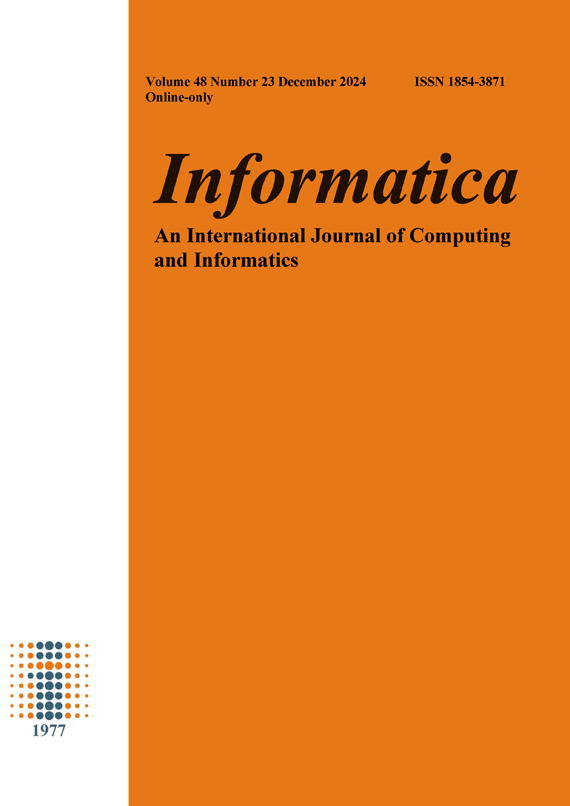Optimization Method of Basketball Match Evaluation Based on Computer Vision and Image Processing
DOI:
https://doi.org/10.31449/inf.v48i23.6696Abstract
The accuracy and stability of real-time target detection in computer vision during basketball games has always been a challenge. In light of this, the study examines the shortcomings of computer vision systems for target tracking and target detection first. On this basis, it also introduces the faster region convolutional neural network algorithm for target detection optimization. Concurrently, to further enhance the model's target tracking proficiency, the study incorporates the enhanced pyramid optical flow algorithm and refines it through the application of Kalman filtering. Ultimately, a pioneering target detection and tracking model is proposed, integrating the optical flow algorithm and the faster region convolutional neural network. The experimental results indicated that compared with the same type of target detection and tracking models, the novel model proposed by the research had relatively excellent target tracking and localization effects. The error between its true trajectory and tracking trajectory was less than 3%. Moreover, the overall performance of the research-proposed model had the highest score in the three index tests of target position precision, accuracy and recall mean, and target tracking accuracy. The highest value of target position precision reached 93.57%, the highest value of accuracy and recall mean reached 95.02%, and the highest value of target tracking accuracy reached 91.57%. In conclusion, the novel target detection and tracking model proposed in the study demonstrates the capacity to markedly enhance the detection and recognition performance of the existing target detection and tracking model. Furthermore, it offers substantial support for the advancement of optimization methods for evaluating basketball games.
Downloads
Published
Issue
Section
License
I assign to Informatica, An International Journal of Computing and Informatics ("Journal") the copyright in the manuscript identified above and any additional material (figures, tables, illustrations, software or other information intended for publication) submitted as part of or as a supplement to the manuscript ("Paper") in all forms and media throughout the world, in all languages, for the full term of copyright, effective when and if the article is accepted for publication. This transfer includes the right to reproduce and/or to distribute the Paper to other journals or digital libraries in electronic and online forms and systems.
I understand that I retain the rights to use the pre-prints, off-prints, accepted manuscript and published journal Paper for personal use, scholarly purposes and internal institutional use.
In certain cases, I can ask for retaining the publishing rights of the Paper. The Journal can permit or deny the request for publishing rights, to which I fully agree.
I declare that the submitted Paper is original, has been written by the stated authors and has not been published elsewhere nor is currently being considered for publication by any other journal and will not be submitted for such review while under review by this Journal. The Paper contains no material that violates proprietary rights of any other person or entity. I have obtained written permission from copyright owners for any excerpts from copyrighted works that are included and have credited the sources in my article. I have informed the co-author(s) of the terms of this publishing agreement.
Copyright © Slovenian Society Informatika








